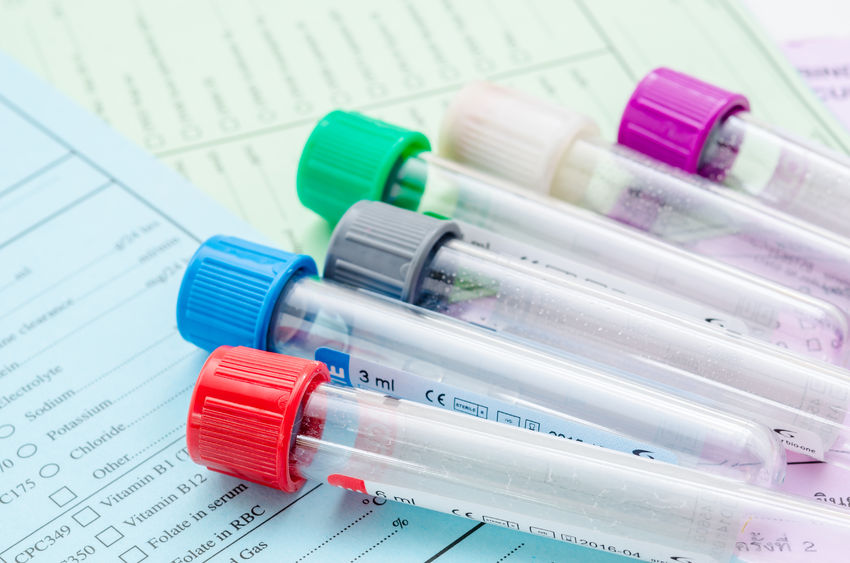
Culture And Sensitivity Aerobic Pericardial Fluid
What is this test?
The thin layer covering the heart is called pericardium, this thin layer helps in supplying nutrients, preventing the heart from stretching too much, and protecting the heart from infections. This space between the pericardium and heart is filled with a very small amount of fluid which is called as the pericardial fluid. In systemic infections or internal infections like pericarditis, the pericardial fluid may get infected. This test is used to identify and treat the type of bacteria causing this infection.
What are Bacteria and Aerobic Bacteria:
Bacteria are the single-celled microorganisms that can live within the soil, in the ocean and also inside the human gut. They have a number of shapes such as spirals, rods, and spheres etc. Some bacteria can cause illness to the human body and some other plays a major role in the overall functioning of our ecosystem.
Aerobic bacteria are the bacteria which can survive in the presence of oxygen only. In the absence of oxygen, aerobic bacteria cannot survive and can die. Some of the aerobic bacteria are Mycobacterium tuberculosis, Nocardia, Staphylococcus aureus, Enterococcus faecalis etc.
What is Pericardial fluid?
The layer covering the heart is called the pericardium. The pericardium keeps the heart in place and protects the heart from infections. The pericardium secretes a fluid which covers the heart called as the pericardial fluid. The pericardial fluid lubricates the surface of the heart to prevent friction around the surrounding tissues. The pericardium and pericardial fluid prevent the heart from stretching and overfilling with blood. Changes in the volume, composition of pericardial fluid may occur in conditions like cardiac trauma, kidney diseases, infections or cancers, recent heart surgery etc.
What is Bacterial Pericarditis?
Infection of the pericardium of heart due to bacteria is called as bacterial pericarditis. The bacterial pericarditis can be caused by various bacteria like staphylococcus, pneumococcus, streptococcus etc. These bacteria are known to enter the pericardium through the bloodstream, surgeries, trauma or injury, infections from another part of the body.
Why this test is performed?
This test may be recommended to you if you experience symptoms like fever, dry cough, tiredness, sweating, pain when you breathe, shortness of breath especially while lying down, splinting of the ribs, by bending over and holding your chest, while breathing, swelling in your abdomen or legs, etc. This test may be specially performed to check if the infection is due to bacteria, to plan the treatment according to the type of bacteria and to check the effectiveness of the treatment given.
Also known as C/S Aerobic Pericardial Fluid.
Test Preparation
Inform your doctor if you are on any medications, have any allergies or underlying medical conditions before your Culture And Sensitivity Aerobic Pericardial Fluid. Your doctor will give specific instructions depending on your condition on how to prepare for Culture And Sensitivity Aerobic Pericardial Fluid.
No specific preparation is required for this test.
Understanding your test results
The normal test results may vary depending on age, health history, medical condition, etc.
If your test results show negative it means there is no growth of aerobic bacteria.
If your test results show positive it may indicate that you may have aerobic bacterial infection in the pericardium.
If you get abnormal test results, consult your doctor immediately with your lab test reports.
| Gender | Age groups | Value |
| UNISEX | All age groups | The growth depends on the infecting organism. Clearing around the disc indicates organism is sensitive to antibiotic |

